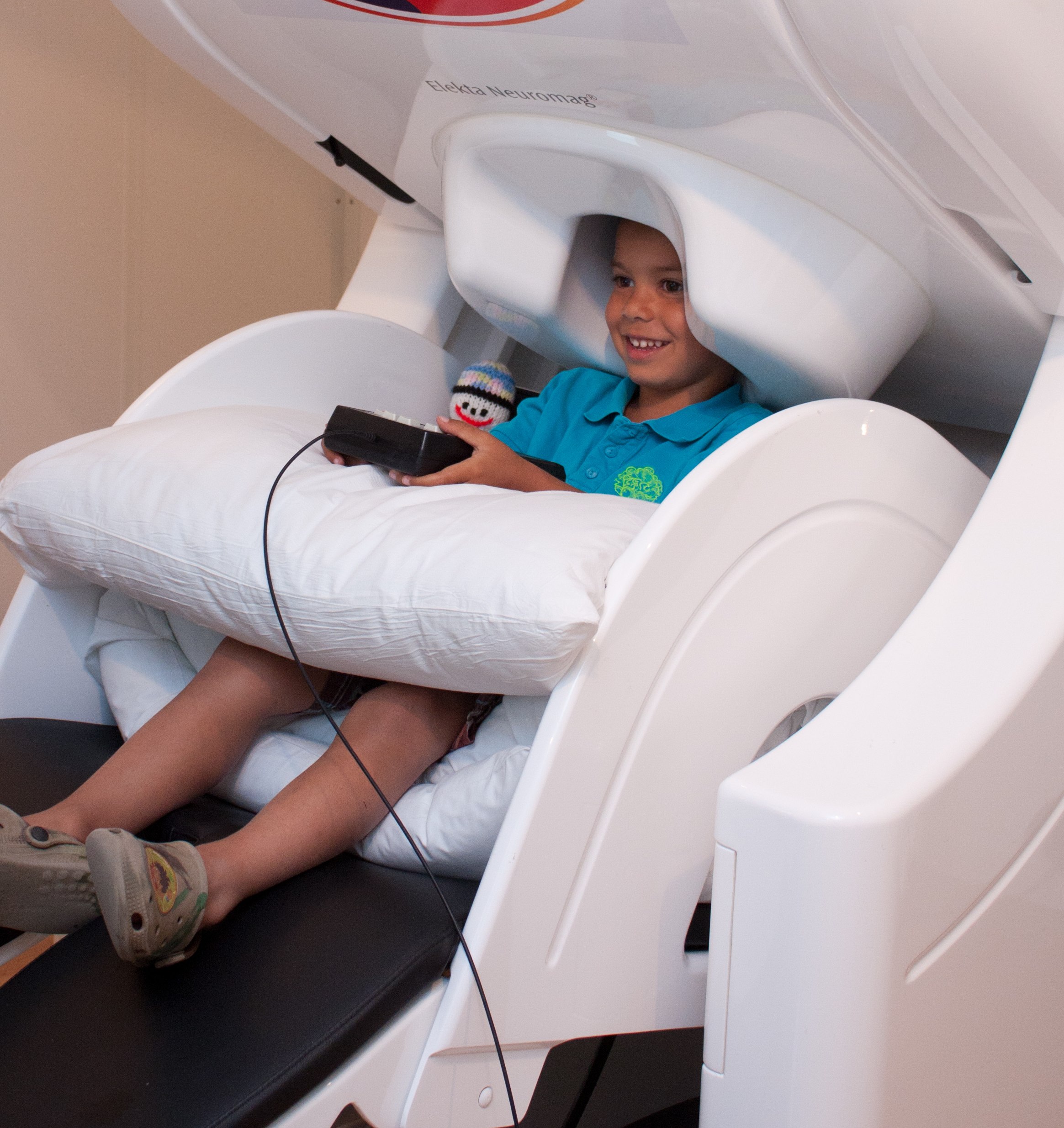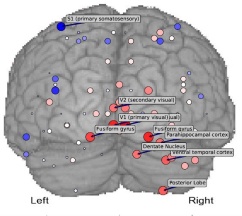Welcome to the Biosignal Lab. The home of Neuroimaging Research in the Dunn Building.
The human brain is an amazingly complex system of roughly 100 billion neurons. This system is constantly developing new networks and remapping old ones as we grow and learn. When the brain is injured or develops improperly, these networks are disrupted. Amazingly, the human brain can adapt to this disruption, re-route communication, and find new ways to keep us thinking and moving. For example, this is how a person recovers mobility after a stroke.
The Biosignal Lab uses advanced imaging technologies to non-invasively study activity in the brain. We develop new software and hardware for brain imaging, and new ways to analyze brain imaging data. We collect data locally using Canada's first magnetoencephalography system to use optically pumped magnetometers. We also download large open-access datasets as a sandbox for developing advanced data analysis algorithms, including machine learning.

Non-invasive imaging technologies are helping us learn more about the brain. The technologies use basic and advanced physics principles to measure signals that are generated by activity in the brain. This may be the magnetic fields and electric potentials generated by neurons firing, or changes in the amount of oxygen in neurons when they are working hard.

